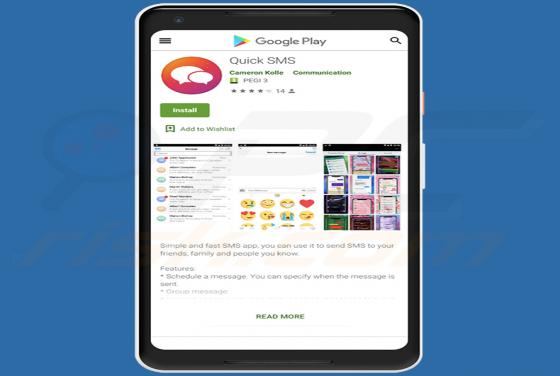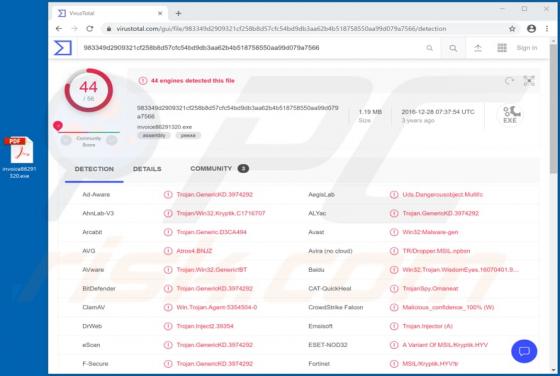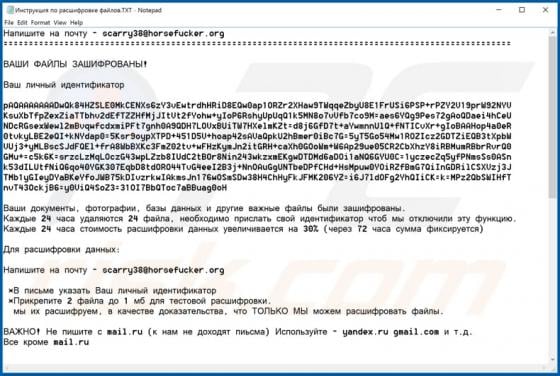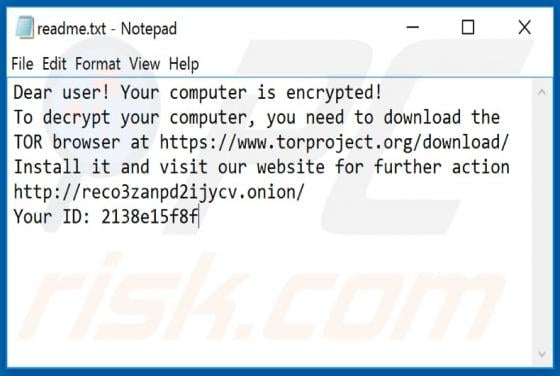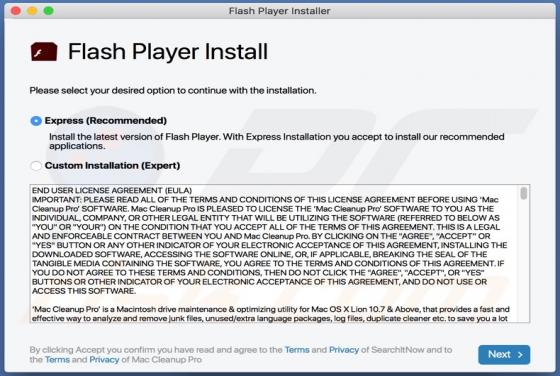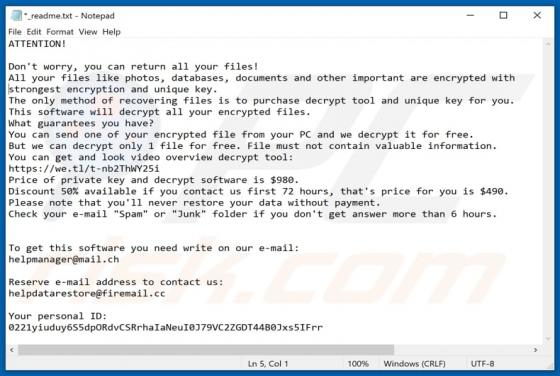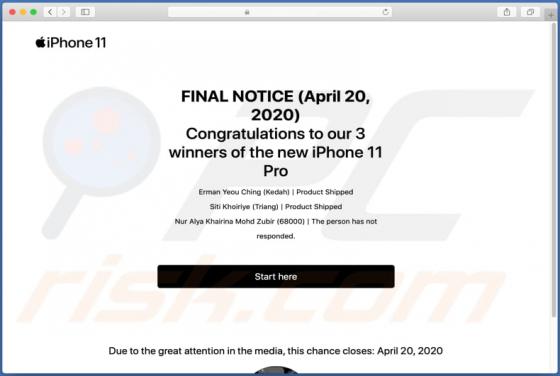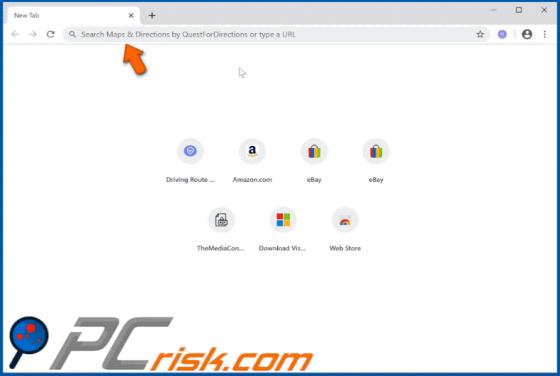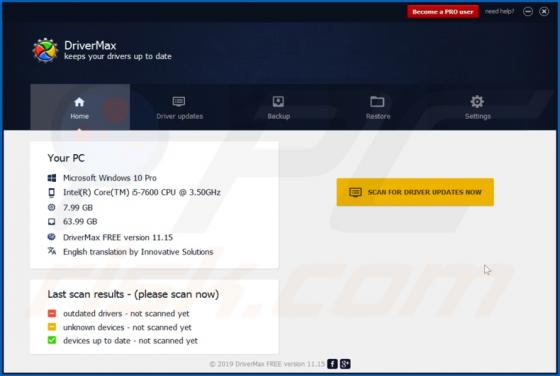
DriverMax Potentially Unwanted Application
DriverMax is designed to ensure that the drivers installed onto the system are up to date (i.e., the software detects missing and outdated drivers). In fact, DriverMax is classified as a Potentially Unwanted Application (PUA) due to its dubious distribution methods, which can lead to inadvertent i
